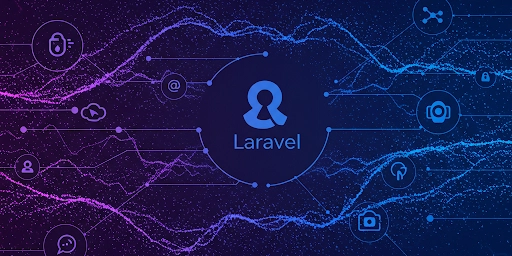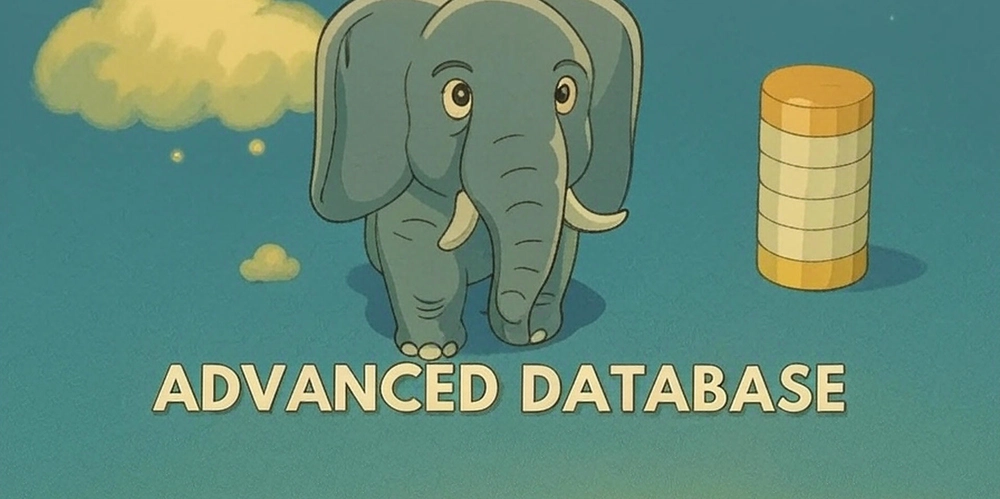Beginner Guide: Web-based application and API service common features
** Common Features in Any Web-Based Application ** Here’s a rundown of the basic and common features that are generally expected in any web-based application and API service. This includes both frontend (web app) and backend (API/service) aspects: 1. User Authentication & Authorization Login/Signup Forgot password / Reset password Role-based access control 2. Dashboard or Landing Page Overview of key metrics/data Navigation to core functionalities 3. User Management Profile view/edit Account settings Admin can manage users (for B2B/SaaS apps) 4. CRUD Operations Create, Read, Update, Delete for core data objects Pagination, filt ering, and sorting on lists 5. Responsive UI Mobile-friendly layouts Accessibility considerations 6. Notifications Toast alerts (success, error, warning) In-app notifications (optional) Email alerts (optional) 7. Search and Filter Global search or contextual search Multi-criteria filters 8. Audit & Activity Logs Track what users do (especially for admin or regulated apps) 9. Security Features CSRF/XSS protection HTTPS, secure cookies CAPTCH A / 2FA (for enhanced security) 10. Internationalization (i18n) Multi-language support (if required) ** Common Features in Any API Service ** 1. RESTful or GraphQL APIs Standardized endpoints Proper HTTP status codes 2. Authentication & Authorization Token-based (JWT, OAuth2, API keys) Role-based access for endpoints 3. Rate Limiting & Throttling Prevent abuse API tiering for monetized platforms Validation Input validation (schemas, DTOs) Error handling with structured responses 5. Logging & Monitoring Structured logs (JSON) Integration with monitoring tools (e.g., Prometheus, ELK, Datadog) 6. Versioning /api/v1/ style or header-based API versioning 7. Health Check Endpoint /health, /ping, or /status endpoint to indicate service status 8. CORS Configuration Allow cross-origin requests as needed 9. Testing & Documentation Swagger/OpenAPI documentation Postman collections Automated tests (unit/integration) 10. Database & Caching DB connection pooling Caching using Redis or similar (for frequently accessed data) Next: I will comes up with implementation of User Authentication & Authorization in ASP.NET Core (.NET 7 or later)

**
Common Features in Any Web-Based Application
**
Here’s a rundown of the basic and common features that are generally expected in any web-based application and API service. This includes both frontend (web app) and backend (API/service) aspects:
1. User Authentication & Authorization
- Login/Signup
- Forgot password / Reset password
- Role-based access control
2. Dashboard or Landing Page
- Overview of key metrics/data
- Navigation to core functionalities
3. User Management
- Profile view/edit
- Account settings
- Admin can manage users (for B2B/SaaS apps)
4. CRUD Operations
- Create, Read, Update, Delete for core data objects
- Pagination, filt ering, and sorting on lists
5. Responsive UI
- Mobile-friendly layouts
- Accessibility considerations
6. Notifications
- Toast alerts (success, error, warning)
- In-app notifications (optional)
- Email alerts (optional)
7. Search and Filter
- Global search or contextual search
- Multi-criteria filters
8. Audit & Activity Logs
- Track what users do (especially for admin or regulated apps)
9. Security Features
- CSRF/XSS protection
- HTTPS, secure cookies
- CAPTCH
- A / 2FA (for enhanced security)
10. Internationalization (i18n)
- Multi-language support (if required)
**
Common Features in Any API Service
**
1. RESTful or GraphQL APIs
- Standardized endpoints
- Proper HTTP status codes
2. Authentication & Authorization
- Token-based (JWT, OAuth2, API keys)
- Role-based access for endpoints
3. Rate Limiting & Throttling
- Prevent abuse
- API tiering for monetized platforms
Validation
- Input validation (schemas, DTOs)
- Error handling with structured responses
5. Logging & Monitoring
- Structured logs (JSON)
- Integration with monitoring tools (e.g., Prometheus, ELK, Datadog)
6. Versioning
- /api/v1/ style or header-based API versioning
7. Health Check Endpoint
- /health, /ping, or /status endpoint to indicate service status
8. CORS Configuration
- Allow cross-origin requests as needed
9. Testing & Documentation
- Swagger/OpenAPI documentation
- Postman collections
- Automated tests (unit/integration)
10. Database & Caching
- DB connection pooling
- Caching using Redis or similar (for frequently accessed data)
Next: I will comes up with implementation of User Authentication & Authorization in ASP.NET Core (.NET 7 or later)







































































































































































![[The AI Show Episode 145]: OpenAI Releases o3 and o4-mini, AI Is Causing “Quiet Layoffs,” Executive Order on Youth AI Education & GPT-4o’s Controversial Update](https://www.marketingaiinstitute.com/hubfs/ep%20145%20cover.png)

































































































































![From Art School Drop-out to Microsoft Engineer with Shashi Lo [Podcast #170]](https://cdn.hashnode.com/res/hashnode/image/upload/v1746203291209/439bf16b-c820-4fe8-b69e-94d80533b2df.png?#)








































































































(1).jpg?#)































_Inge_Johnsson-Alamy.jpg?width=1280&auto=webp&quality=80&disable=upscale#)













































































































![Apple Developing AI 'Vibe-Coding' Assistant for Xcode With Anthropic [Report]](https://www.iclarified.com/images/news/97200/97200/97200-640.jpg)
![Apple's New Ads Spotlight Apple Watch for Kids [Video]](https://www.iclarified.com/images/news/97197/97197/97197-640.jpg)







































































![[Weekly funding roundup April 26-May 2] VC inflow continues to remain downcast](https://images.yourstory.com/cs/2/220356402d6d11e9aa979329348d4c3e/WeeklyFundingRoundupNewLogo1-1739546168054.jpg)



























